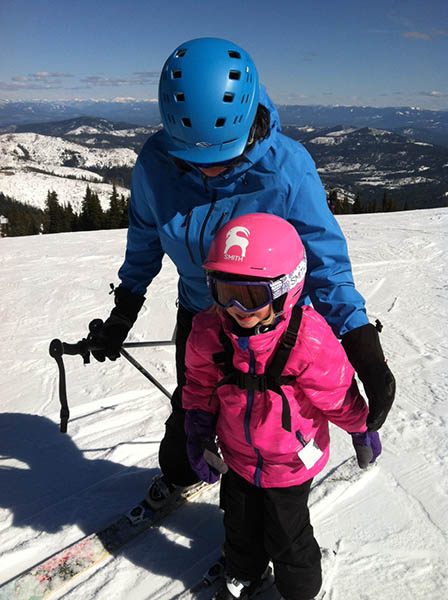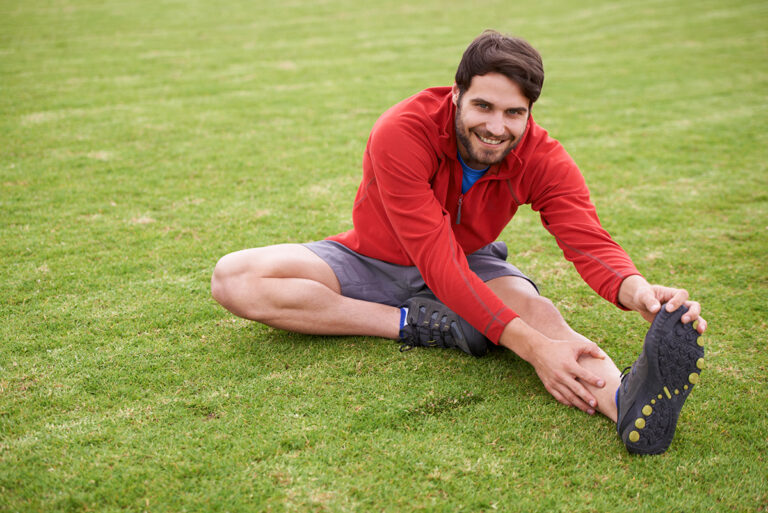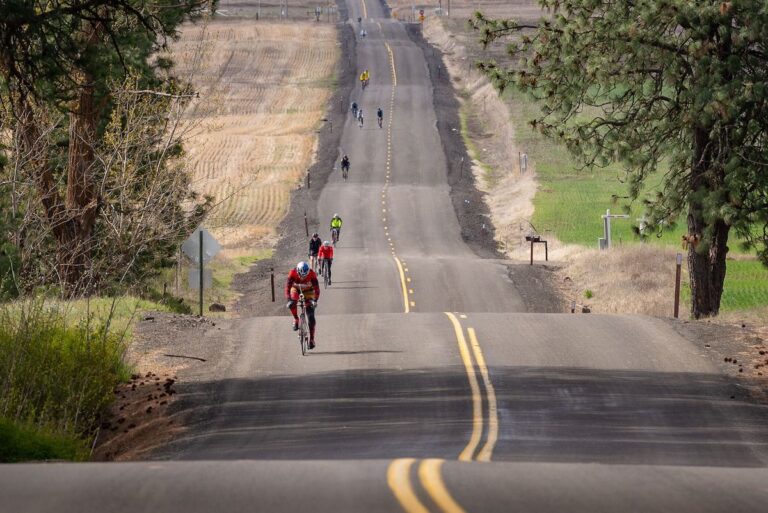“Pizza!” “French fries!” It’s not what’s for lunch on the bunny hill; parents are calling out instructions to their little skiers, teaching how to snowplow to control speed and stop (pizza), and how to initiate downhill movement with parallel-positioned skis (fries). Once kids have mastered these and S-turns, it’s time for parallel turns and hockey stops.
My two children were each about 2½ years old when my husband and I first took them on the bunny hill. Which means they sucked on pacifiers and dozed on chairlifts. Most stressful for me was helping them off the chairlift. But training gear made it easier. Along with using an “Edgie Wedgie” (ski tip connector), they each wore a CoPilot LIFT Multi-Sport Halter (made by Snowcraft), which is a back harness for hoisting kids on and off chairlifts, picking them up after falls or boosting them forward on flat sections. My family also had success with the CoPilot Ski Trainer. Though there are other styles and brands of ski-training accessories, this version really teaches forward balance and prevents kids from relying on parents to hold them up when they slouch like sacks of potatoes. Unfortunately, there is nothing to ease the thigh pain from snowplowing behind your kid for hours.

Expert Advice on Teaching Your Kids to Ski
Mt. Spokane Ski Instructor Katrin Pardue has “seen kids go from ‘Never-evers’ to shredding it down Two Face,” she says. Starting kids on skis at age 3-6 is best, even if it’s only minimal experience to “get them familiar with the mountain and how it operates,” Pardue says. “Be patient. Sometimes they need a full day to just understand how to stop. Everyone learns at a different pace…. For that first day I wouldn’t ski more than 3 hours.” Here are a few more tips from Pardue to help you help your kids learn to ski faster and have more fun in the process.
- Creative ways to teach ski posture: “Tell the kids that they have two cups of hot cocoa in their hands and they don’t want to spill it,” she says. “Along with that, they pretend to have a $100 bill in each boot, right in front of their shins. The only way to keep it safe is to push on the front of their boots. It works every time. Both of these will help keep your kids forward on their skis.”
- Chairlift loading and unloading: First, observe with your child how others are doing it; tell him/her “to look at their partner on the chair and grab the pole, and keep ski tips up during the whole ride.” For assisting off the chairlift, especially those littlest ones who can’t even touch the off-ramp, Pardue says to snugly wrap one arm around the child’s arms and upper body to slowly guide off. “For older kiddos, they need to keep their tips up, and once their feet are flat on the ramp, they need to stand up and shoot their arms forward like they are superheroes,” she says.
- Making it magical: Pardue uses whimsical scenarios to motivate young students: “I like to make the mountain a fairy tale. [I tell them] that a unicorn lives in the woods…squirrels run the chairlifts, by running on hamster wheels. Bunnies live underneath the snow on the bunny hill,” she says. “It makes it fun for me and the children eat it up.”
- Making it fun for all: “Parents, give yourself time to ski as well, even if that means slashing a turn through the fresh on the side of the bunny hill.” //
[Sponsored by Ski the NW Rockies, Mt. Spokane, Lookout Pass, 49 Degrees North, and Silver Mountain.]












